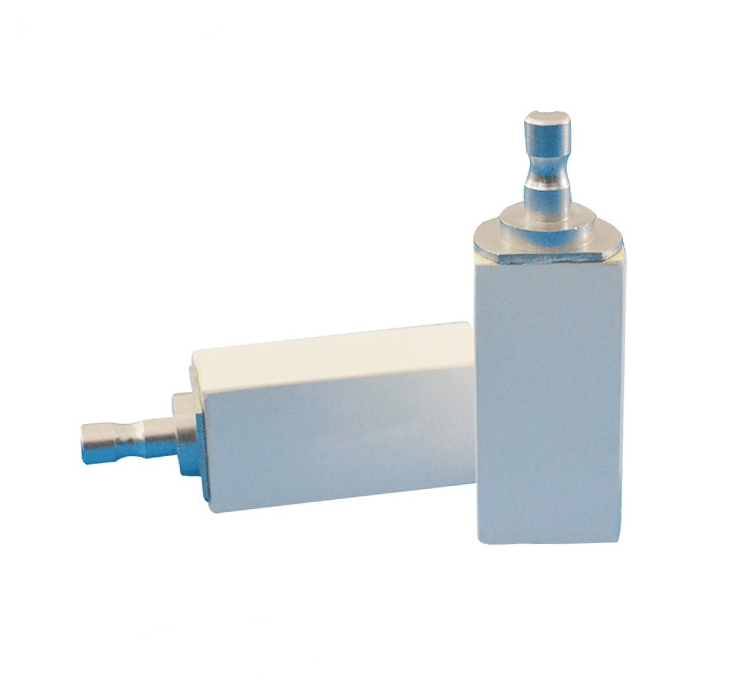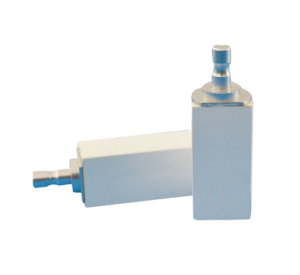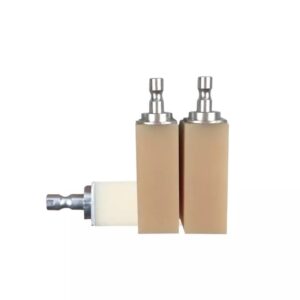dental lab cad cam
Innovative Solution on Sirona Inlab Cerec Dental CAD-CAM
Summary:
Digital technology is playing a major part in today’s world, and even it has entered the dental industry where Sirona Inlab Cerec Dental CAD-CAM is becoming more popular.
Introduction:
Sirona Inlab Cerec Dental CAD-CAM is the process of creating a ceramic restoration, and more than 6.5 million people who are suffering from dental problems have been treated using the Cerec Cad Cam. This Cerec is a combination of both hardware and software, and also it will help to achieve an excellent digital workflow for all your dental problems.
What is Sirona Inlab Cerec Dental CAD-CAM?
Sirona Inlab Cerec Dental CAD-CAM is a web-based platform, which is mainly designed for the dentist and dental technicians. This technology has eliminated the term called a physical impression, as using electronic transmission you can able to bring the digital impression of your choice. This technology will help dental technicians to create a permanent restoration, and you can use a wide variety of materials.
Using these impressions, the dental technicians can able to create the restoration but it will be based on the virtual model, and not on the conventional model. Then the designed restoration will be fabricated using a computer-controlled milling unit.
So using these digital impressions Sirona Cerec dental block can able to create a physical model. This kind of technology will connect the dental world with the largest digital dental network, and this is available all over the world. This Cerec Dental CAD-CAM will lead the dental world to follow impression-free and model-free dental practices.
Benefits of Cerec Dental CAD-CAM:
Sirona Inlab Cerec Dental CAD-CAM is widely used as it will simplify the process of the digital impression, and also the work will get completed in a single visit. The Cerec milling machine not only saves you money but also will save you valuable time, so it is most preferred by the dentist and the lab technician. These kinds of devices will come with connected software which will help the dentist to convert the digital impression into a restoration product.
Not only it comes with the connected software, but also it is associated with the touchscreen pad and it is movable. This will offer the dentist a highly intuitive and ergonomic work platform.
So, here are the benefits of the Cerec CAD-CAM;
- It offers an excellent speed as it creates more than 50,000 images per second. These kinds of data are transferred to the laboratory in a short period
- The accuracy of the Cerec CAD-CAM comes with innovative technology, and it processes more than 1,000,000 3D points per second
- It can be used in various applications and also it helps to visualize the larger areas with large sweep, and immediate precision
- The connectivity of the Cerec dental CAD-CAM will be faster, it will connect to the lab quickly and it comes with the open data transfer options
- The software will be precise and fast, and also it comes with the milling and grinding units. Also, the Cerec furnace is considered the smallest furnace in the market
Even Cerec materials will also come with greater benefits, as it comes with the unlimited compatibility of the materials. Also, it will be compatible with the grinding and milling process and helps in high-quality restorations. Even it comes with the validate machining of each material.
Dental Cerec Block-Disilicate Lithium:
The Sirona Inlab Cerec Dental CAD-CAM has taken the dentist industry to another world where we can able to create a ceramic restoration within few minutes. This sirona lithium disilicate block is a kind of ceramic material, and it is an extremely popular material in CAD-CAM technology. These kinds of materials will have high durability, strength, and translucency so it is not only used for the dental restoration but can also be used for the full-body anatomical restoration. The average flexural strength of this Disilicate lithium block is 500MPa.
This is considered the most robust ceramic material, and it is preferred by most people as it will be similar to the natural tooth structure. The beautiful aesthetic appearance and the undetectable restoration will make this material even more popular among the customers.
- Here, using the Dental Cerec CAD-CAM milling system, the CAD-CAM is applied over the disilicate lithium block, and it gets partially crystallized during the processing system. Also, the color of the block will change into the purple color

- This block is also called blue porcelain blocks, and during the processing stage the strength of the disilicate lithium material will be low, so you can grind the material easily
- Once the cutting process is done, then you need to sinter the block at 8400C for about 20 minutes. This kind of block don’t get shrink during the crystallization process
Lithium Disilicate Vs Zirconia:
Zirconia crowns perform equal to the disilicate lithium block, and both the materials will work better when compared to the normal ceramic restoration.


Everyone will get a question as to which is best either lithium disilicate or zirconia, even though both perform similarly, these two have different characteristics. But this zirconia is not similar to the tooth as the color of zirconia will be off-color or opaque or light-color. So certain changes will be made to the zirconia to make it more translucent, but lithium disilicate will be similar to the natural color of the tooth.
In lithium disilicate Vs zirconia, zirconia is a growing material and it is widely used for its better characteristics and appearance. But when come to lithium disilicate, it is widely used in various applications, and also in the future, it will reinforce with zirconia and other elements.
Bottom Line:
Digital technology in the dental industry is a growing process, and most people prefer the digital impression over the physical impression. In this, the most famous digital dentistry is Sirona Inlab Cerec Dental CAD-CAM, and these kinds of technologies also bring new possibilities for the dentist and dental technician.
Sirona CEREC milling system compatibility blocks reference.









